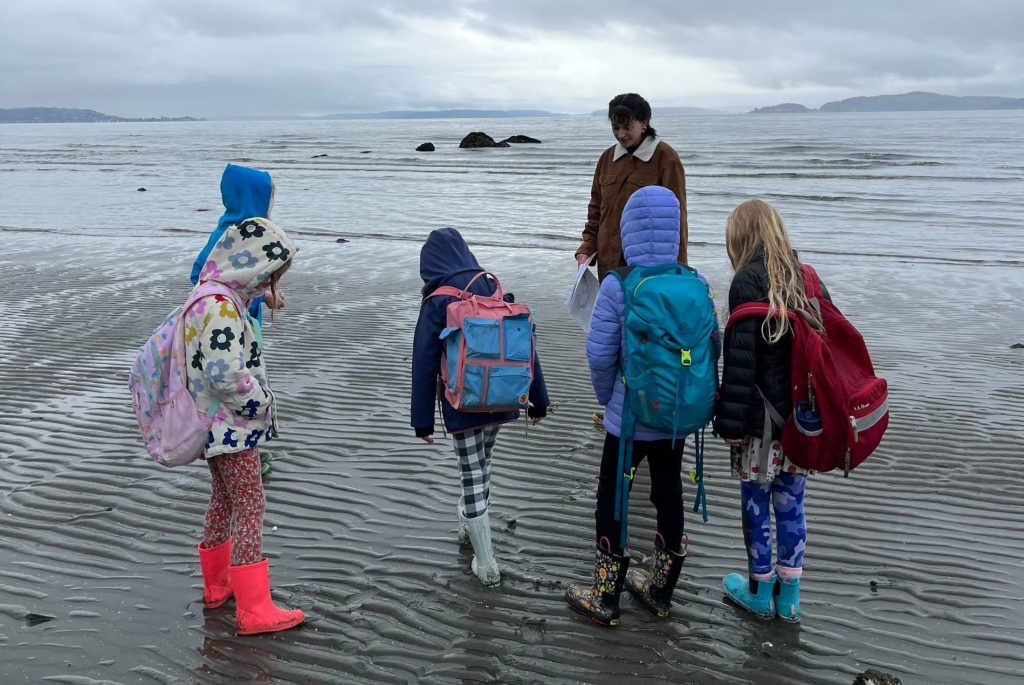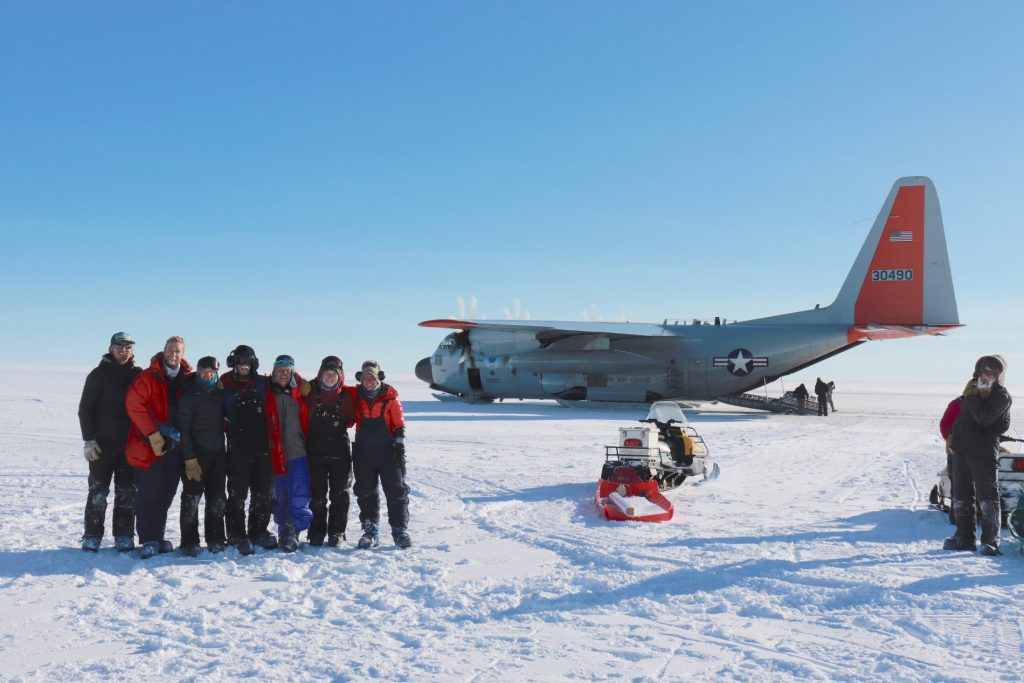Powerful 3D modeling software donated to Earth and Space Science Department
The Earth and Space Sciences Department has recently been granted ten academic use licenses for the powerful software package MOVE Suite by PE Limited, valued at more than $2.7 million. MOVE is a 2D and 3D modeling and visualization environment, used primarily for subsurface stratigraphic and structural modeling of basins and tectonically active regions.
Read moreUW Researchers land $10.6M to build subduction zone observatory
Scientists and engineers from the UW School of Oceanography, Department of Earth and Space Sciences and the Applied Physics Lab, along with partners at Scripps Institution of Oceanography, recently were awarded more than $10 million to build an underwater observatory in the Cascadia subduction zone.
Read moreEvidence of past large-scale earthquakes - field trip for incoming graduate students
In September, Dr. Brian Atwater, along with graduate students Paul Morgan, Hope Sisley, Andrew Shumway, and Trent Thomas, and postdocs Larry Lai and Jey Kim, led a fieldtrip for the group of incoming grads and postdocs to Copalis, near Ocean Shores, WA.
Read moreShakeAlert offers latest earthquake science as region practices Great ShakeOut safety drill Oct. 19
As people and organizations across the globe practice earthquake drills Oct. 19 on International ShakeOut Day, closer to home in the Pacific Northwest, communities are bolstered by a state-of-the-art earthquake early warning system — and a research center that maintains the second-largest seismic network in the U.S.
Read moreESS PhD Student Madeleine Lucas Honored as 2023 Homecoming Scholar
ESS PhD Student Madeleine Lucas is honored as a 2023 Homecoming Scholar. She is one of six extraordinary students across the UW campus whose stories exemplify Husky adaptability, tenacity, and resolve.
Read moreBetween Spheres Magazine Release
We are pleased to release the inaugural issue of Between Spheres, the new Department magazine. The name reflects the interdisciplinary nature of the research and teaching we do in Earth and Space Sciences: foundational knowledge and discovery in areas that are often at the interfaces between the geosphere, biosphere, cryosphere, hydrosphere, and atmosphere of Earth, other planets, and the space environment.
Read moreESS Faculty honored with 4 major AGU Awards this year
Congratulations to ESS Professors David Catling, Eric Steig, Baptiste Journaux, and Brendan Crowell, who are honored with four major AGU awards this year.
Read moreIncreasing Diversity in STEM Fields with K-12 Education and Outreach
Ethnic and racial diversity of those with doctorates in geoscience is the lowest among all STEM fields in the United States, and has seen no improvement over the past 40 years.
Read moreUW a lead partner on new NSF-funded earthquake research center
The University of Washington is a lead partner on a new multi-institution earthquake research center based at the University of Oregon that the National Science Foundation announced Sept. 8 will receive $15 million over five years to study the Cascadia subduction zone and bolster earthquake preparedness in the Pacific Northwest and beyond.
Read more at UW NewsOld Cold Ice
Ice cores from the polar regions provide the most direct information possible about the climate in the past, an important part of understanding how climate will change in the future. The University of Washington glaciology group has played a leading role in ice core research for decades, and that legacy continues with two major decade-length projects funded by the National Science Foundation.
Read more






